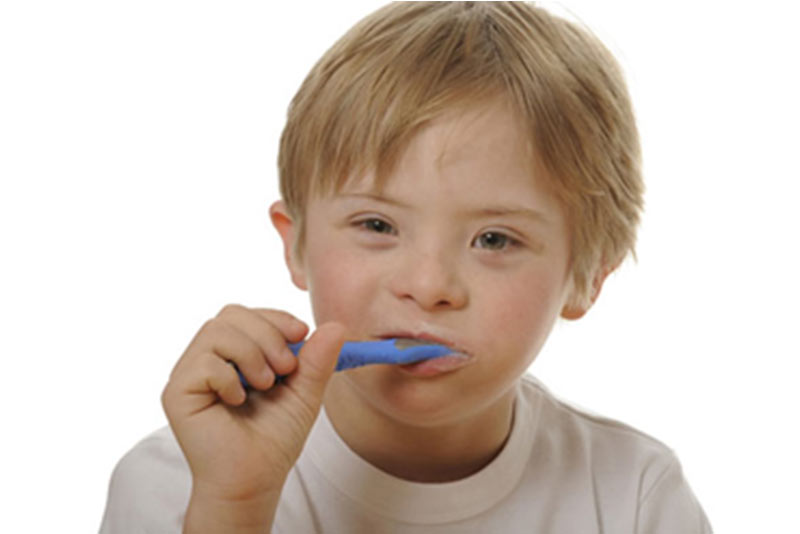
Oral and Dental Problems Seen in Individuals with Disabilities
Individuals with disabilities are in a high-risk group in terms of oral and dental diseases, and their problems are of great importance.
- Nutritional and chewing problems are common in these individuals.
- An increase in speech problems is observed along with tooth loss, leading to a loss of efficiency in children’s education.
- Most patients cannot adapt to using prostheses or other appliances.
What should be done to protect oral and dental health in individuals with disabilities?
Special attention is required for eating habits. In individuals with disabilities who are fed with a bottle, the milk, formula, and fruit juices consumed contain sugar, so prolonged feeding in this way causes baby bottle tooth decay. It is necessary to give water to drink after feeding or to clean the mouth with a gauze. As a precaution, nighttime feedings should be eliminated if possible. The main cause of tooth decay is sugary, acidic foods that easily stick to teeth and gums. Unless a special diet is recommended for the disabled person, foods containing plenty of sugar and carbohydrates should not be given between meals; these foods should be consumed during main meals. In individuals with disabilities who have to be fed with pureed, soft foods, if tooth brushing cannot be done, the mouth should be rinsed after meals, or food residues should be cleaned by wiping. Since most syrup-form medications contain sugar, those who use these medications continuously should pay more attention to oral and dental care. As soon as the teeth become visible in the mouth, they should be cleaned with a damp gauze between feedings. After the age of two, dental care should be done with a small toothbrush with soft bristles. It is also necessary to brush the tongue to prevent bad breath. Special triple-headed brushes and electric toothbrushes are recommended for ease of use. Fluoride applications should be done to prevent tooth decay. Tablet forms or gel forms that can be applied by the dentist are preferred for individuals with disabilities. After the permanent teeth have erupted, fissure sealant varnishes should be applied to the chewing surfaces of the teeth by the dentist. For the sake of trust, if possible, patient follow-up should be done by the same dentist.
